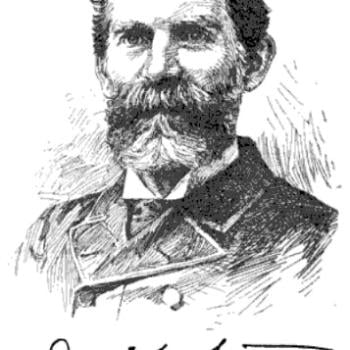In 1961, a B-52 came apart in the air over North Carolina. The hydrogen bomb it was carrying fell towards the earth, its systems acting like it had been dropped intentionally. Its parachute and its trigger mechanism deployed. There were four safeguards to prevent the bomb from exploding unintentionally. Three of them failed. One electrical switch, which could easily have shorted out, held, preventing the nuking of North Carolina.
We’ll probably never know all of the other close calls we’ve had, not just these big dramatic potential disasters as a nation, but also in our personal lives. Have any of you had any close calls that you’d like to tell us about?
From Declassified document: US narrowly escaped nuclear blast in 1961 H-bomb accident – The Washington Post:
A U.S. hydrogen bomb nearly detonated on the nation’s east coast, with a single switch averting a blast which would have been 260 times more powerful than the device that flattened Hiroshima, a newly published book says.
In a recently declassified document, reported in a new book by Eric Schlosser, the supervisor of the nuclear weapons safety department at Sandia national laboratories said that one simple, vulnerable switch prevented nuclear catastrophe.
The Guardian newspaper published the document (http://bit.ly/1fi4Y2S ) on Saturday.
Two hydrogen bombs were accidentally dropped over Goldsboro, North Carolina on Jan. 24, 1961 after a B-52 bomber broke up in flight. One of the bombs apparently acted as if it was being armed and fired — its parachute opened and trigger mechanisms engaged.
Parker F. Jones at the Sandia National Laboratories analyzed the accident in a document headed “How I learned to mistrust the H-Bomb.”
“The MK39 Mod 2 bomb did not possess adequate safety for the airborne-alert role in the B-52,” he wrote. When the B-52 disintegrates in the air it is likely to release the bombs in “a near normal fashion,” he wrote, calling the safety mechanisms to prevent accidental arming “not complex enough.”
The document said the bomb had four safety mechanisms, one of which is not effective in the air. When the aircraft broke up, two others were rendered ineffective.
“One simple, dynamo-technology, low voltage switch stood between the United States and a major catastrophe!” Jones wrote, adding that it could have been “bad news — in spades” if the switch had shorted.
Schlosser discovered the document, written in 1969, through the Freedom of Information Act.
It is featured in his new book on nuclear arms, “Command and Control,” which reports that through FOI he discovered that at least 700 “significant” accidents and incidents involving 1,250 nuclear weapons were recorded between 1950 and 1968.











